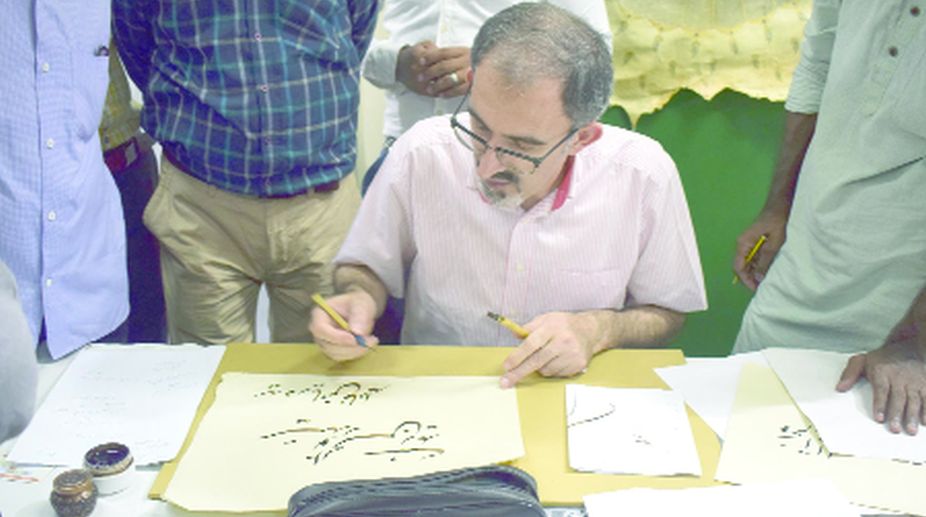NEW DELHI :
An Exhibition on Holy Quran was inaugurated at the Dr Zakir Husain Library in Jamia Millia Islamia (JMI) on 11 June. The exhibition, organised in collaboration with the Iran Cultural House, was launched by Prof Talat Ahmad in the presence of Masood Rezvanian, Ambassador of the Islamic Republic of Iran.
The exhibition includes a rare collection of manuscripts of the Holy Quran dating back to the 15th century. The manuscripts, written in Arabic, are in different calligraphic styles like Naskh, Thuluth, Muhaqqaq, Nashtalique and Shibasta. Beside this, the exhibition also displays rarely published translations of the Holy Quran in several Indian languages, including Hindi, Urdu, Kannada, Tamil and Malayalam, and in foreign languages, including English, Japanese, French, German, Burmese, Turkish and Persian.
Calligraphy as an art form came to India during the Mughal period between 16th century and 19th century. The Mughal Empire had close ties with the Iranian Empire, which led to the cultural exchange of the art forms. This led to the spread of Iranian influence in art, architecture and calligraphy.
Among the exhibits are the smallest and the largest Quran. Other exhibits include rare Quranic manuscripts and Quran written on different materials like ivory, metal, animal skin, wood and handmade paper.
source: http://www.thestatesman.com / The Statesman / Home> Features / by Majid Alam / New Delhi / June 24th, 2018









